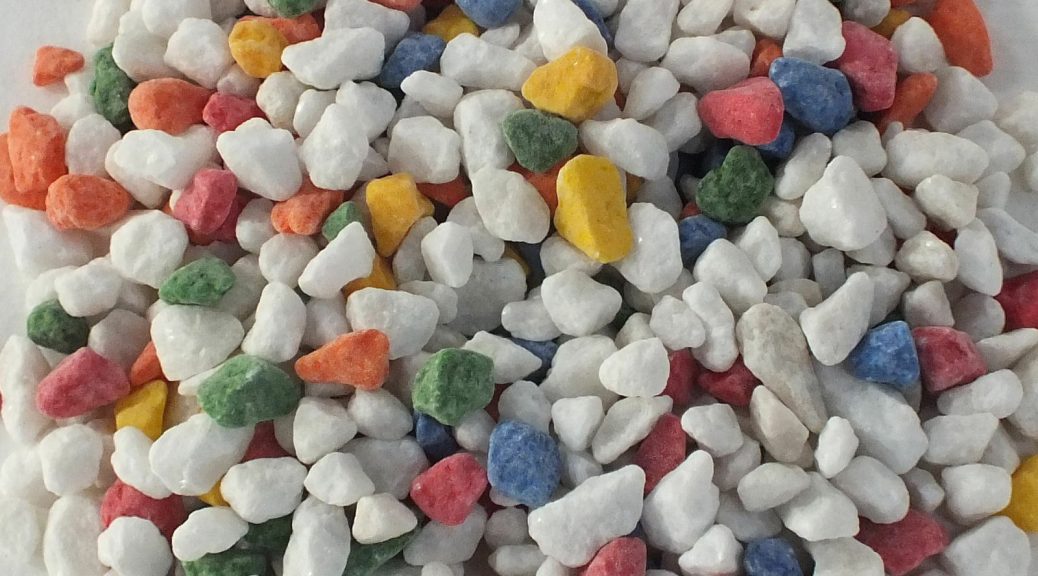
What does one mean by the term aquarium gravel? Why is it important?
Aquarium gravel, also known as substrate, makes a tank more attractive, and it comes in a variety of colors and sizes, from tiny pebbles and sand to large river rocks. However, it will serve several vital purposes beyond decoration, though there are some situations in which substrate isn’t desirable. Aquarium gravel and any other material placed on the bottom of the tank are referred to as the substrate. Beneficial bacteria inhabit your aquarium’s substrate and break down fish waste, leftover food, and plant debris to keep the water conditions healthy.
What is the importance of aquarium gravel?
- Perhaps the crucial function of aquarium gravel serves biological filtration for good bacteria. The bacteria might live without a comfy gravel bed, but they might not grow sufficiently to keep the aquarium gravel safe for your fish.
- The substrate is essential for creating a pleasant habitat for your fish. It gives your fish, especially those that like to burrow places to hide, and it provides enrichment for bottom-dwellers that prefer to forage through the substrate for bits of food. Plus, it assists in reducing reflections within the tank that can stress fish.
- If you own live plants, a substrate is critical and second only to lighting in keeping your plants alive. The excellent gravel in planted tanks can ensure your plant’s roots are well and meet their nutritional needs.
- Laterite is a common substrate for planted tanks, as they store and release nutrients for the plants. They’re usually a good combination with gravel. Furthermore, some plants with more substantial root systems require extra depth to the substrate, so take that into account when assembling your tank.